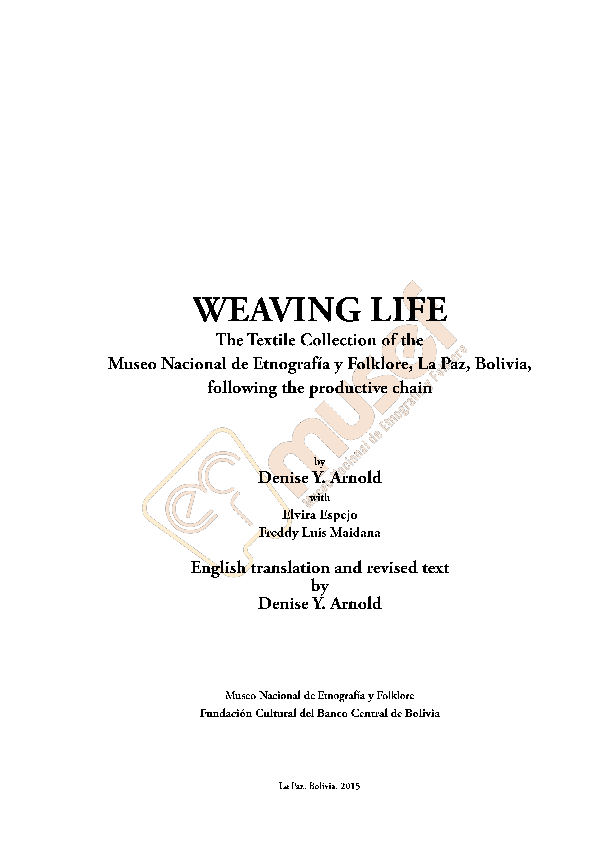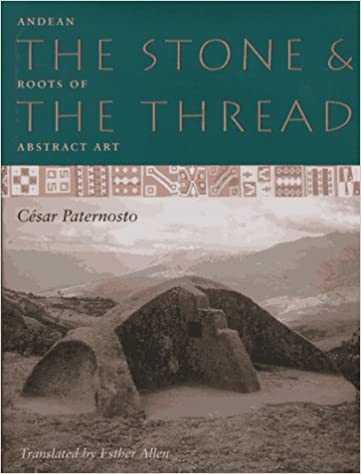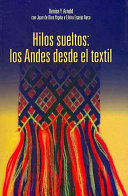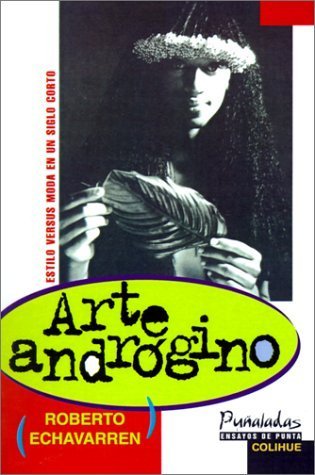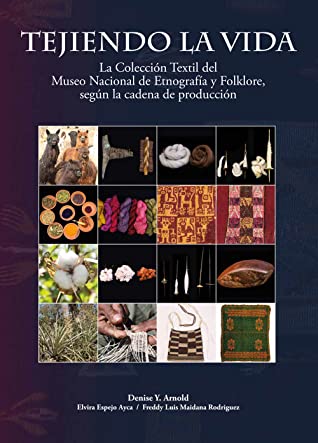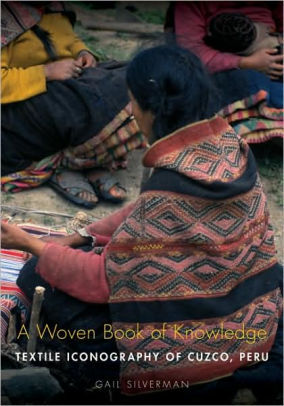
The author’s long involvement with members of the Q’ero community has provided unique opportunities for insight into their ideas about weaving, iconography, and spatial and temporal concepts. But A Woven Book of Knowledge is more than an ethnographic study. If the warp of the book is the academic rigor of anthropology and linguistics, the weft is Silverman’s love for the textiles themselves and for the Q’ero people. It is a result of a passion that has kept her in Cuzco for years, dedicating her career to the study of the local textile tradition.
| Autora | Gail P Silverman | |
| Año | 2008 | |
| Tipo | Book | |
| País | Perú | |
| Editorial | University of Utah Press | |
| Descarga | URL | |
| ISBN | 9780874809091 | |
| APA | Silverman, G. P. (2008). A woven book of knowledge: Textile iconography of Cuzco, Peru. University of Utah Press. |
